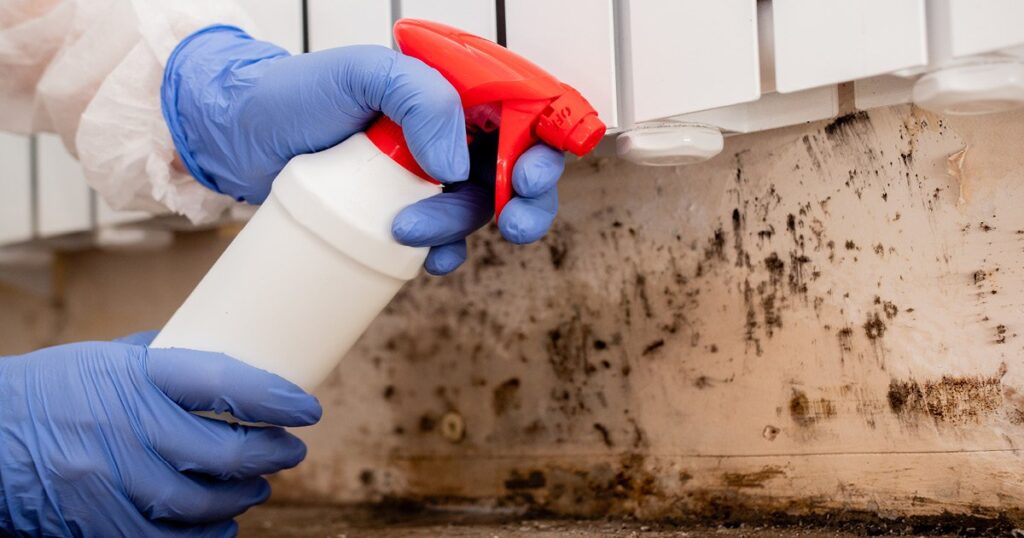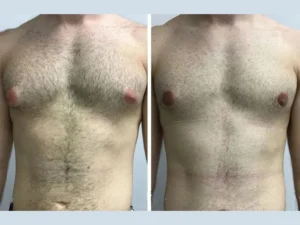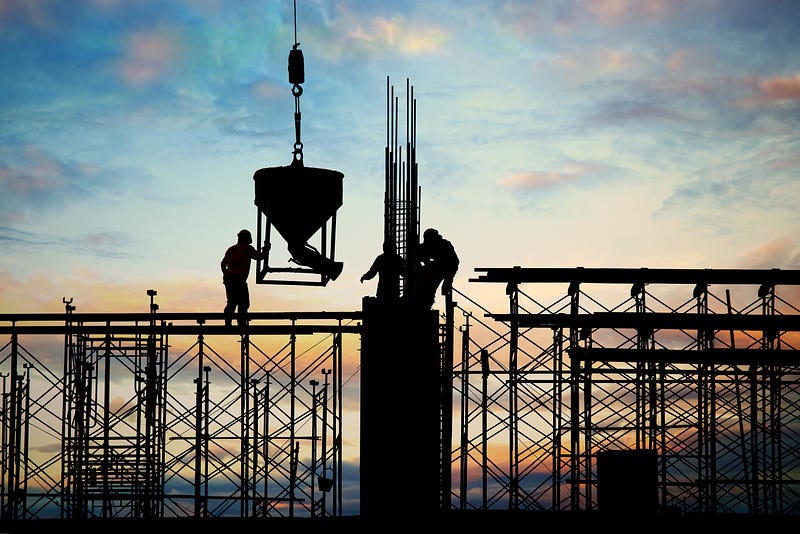
Mold problems in homes and commercial spaces are not just a nuisance—they’re a health hazard. In places like Long Beach, CA, where the coastal climate brings higher humidity levels, mold growth is a recurring issue for many property owners. If you’re dealing with visible mold or just suspect it might be hiding in walls or crawl spaces, understanding your options for mold removal Long Beach CA is crucial.
This article takes a clear, non-promotional approach to exploring mold issues in Long Beach, what causes them, and how to address them safely and effectively. We’ll also discuss when it’s time to bring in professionals, and how to protect your home or business long-term.
Understanding Mold in Long Beach: Why It’s So Common
Long Beach’s proximity to the ocean makes it a beautiful place to live, but it also means consistently high moisture levels—an ideal breeding ground for mold. Mold spores are microscopic and can settle on any organic material. Add some humidity or water damage to the mix, and you have a recipe for rapid mold growth.
Common causes of mold in Long Beach homes include:
-
Leaky roofs or pipes
-
Poor ventilation in bathrooms and kitchens
-
Flooding or water intrusion
-
Improperly sealed windows and doors
Even something as minor as a damp towel left in a poorly ventilated room can contribute to mold development over time.
Health Risks Associated with Mold Exposure
Mold isn’t just unsightly—it can pose real health risks. Some people may experience allergic reactions like sneezing, coughing, or skin rashes. Others, especially those with asthma or compromised immune systems, may develop more serious respiratory issues.
Toxic black mold (Stachybotrys chartarum) is particularly dangerous, although it’s less common. Regardless of the type, prolonged exposure to mold can impact indoor air quality and overall well-being.
This is why it’s essential to act quickly when mold is discovered.
DIY Mold Removal: What You Can and Can’t Do
Homeowners may be tempted to remove mold themselves, especially if it’s a small patch. In some cases, this is manageable. For instance, mold on non-porous surfaces like tile or glass can often be scrubbed away with a bleach-based cleaner or vinegar solution.
However, there are limitations:
-
Mold on drywall, carpet, or insulation typically requires removal and replacement.
-
If the affected area is larger than 10 square feet, the EPA recommends hiring professionals.
-
Improper handling of mold can spread spores throughout your home.
Protective gear (N95 mask, gloves, goggles) is essential when attempting any DIY mold removal. Always ventilate the area and dispose of contaminated materials responsibly.
When Professional Help Is the Right Call
If the mold issue is extensive, hidden, or recurring, it’s time to call in professionals. Reputable mold remediation specialists will:
-
Conduct a detailed inspection using moisture meters and infrared cameras
-
Contain the affected area to prevent spore spread
-
Remove and dispose of contaminated materials
-
Use HEPA air filtration systems
-
Apply anti-microbial treatments to prevent regrowth
Professionals are also trained in detecting mold in HVAC systems, attics, and other hard-to-reach places where DIY methods fall short.
Preventing Future Mold Growth
Once mold has been removed, prevention becomes the priority. Here are several proactive steps homeowners in Long Beach can take:
-
Control Humidity: Use dehumidifiers, especially in basements and crawl spaces.
-
Ventilation: Ensure bathrooms and kitchens are properly vented to the outside.
-
Repair Leaks Promptly: Don’t ignore even minor plumbing issues.
-
Monitor Indoor Air Quality: Smart sensors can help detect moisture changes early.
-
Waterproofing: Consider sealing basements or installing sump pumps if flooding is a concern.
Preventative measures save time, money, and stress in the long run.
Mold Inspection vs. Mold Remediation: Know the Difference
Mold inspection and mold remediation are often confused but serve different purposes:
-
Mold Inspection: This is the initial assessment phase. Professionals identify mold presence, determine the cause, and test air quality.
-
Mold Remediation: This refers to the physical removal and treatment of mold and contaminated materials.
In some cases, you may need both services. Some companies offer both under one roof, but it’s still worth understanding the distinction when researching your options.
Legal and Insurance Considerations in Long Beach
California law doesn’t require landlords to test for mold, but they are required to maintain a safe, habitable living space. If you’re a tenant dealing with mold, you may have legal recourse under California’s warranty of habitability.
Homeowners should also check their insurance policies. Standard homeowners insurance typically covers mold damage only if it’s the result of a covered peril (like a burst pipe), not due to ongoing maintenance issues.
Understanding these nuances can help avoid costly disputes and ensure proper documentation if mold-related expenses arise.
Community Resources and Education
The City of Long Beach occasionally offers community workshops on home safety, water conservation, and moisture control. Additionally, resources from the California Department of Public Health and the EPA offer guidelines on mold prevention and cleanup for both homeowners and renters.
Staying informed is a powerful tool in protecting your property and health.
Final Thoughts
Mold is a common issue in Long Beach, CA, but it doesn’t have to be a recurring one. The key is to understand the root causes, act quickly, and use the right mix of prevention and professional help when needed. Whether it’s managing indoor humidity or fixing a persistent leak, small actions can make a big difference in mold prevention.
If you’re unsure where to begin or facing a persistent mold issue, companies like mold solutions offer expert remediation services with a focus on thorough, lasting results. But even before making that call, being informed and proactive can put you on the right path to a mold-free environment.







